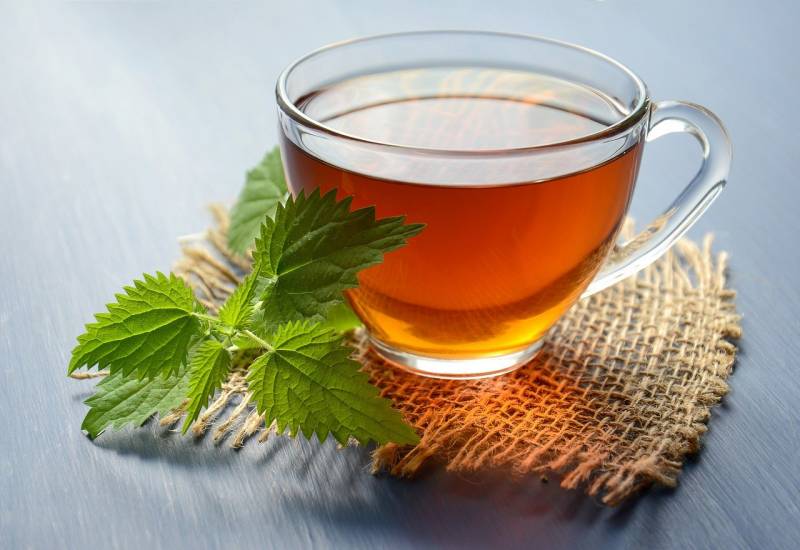The scent of burnt wood spreads in the air. The leaves dance from the trees and then, fragrant, cover the ground with warm and enveloping shades. If the magic ofAutumn it is a balm for the soul, the same cannot be said for the body.
With the air that becomes crisp, with the inevitable temperature changes typical of the season, the first ailments. Sore throat, runny nose and sneezing, aching head, tiredness and general malaise. Parainfluenza viruses are responsible for these symptoms, which can also complicate and make everyday life difficult. Certainly there is no universal criterion that can guarantee everyone not to get sick. There are, however, some habits and various remedies that can represent a valid help to prevent and cure autumn ailments.
About that Assosalute, National Association of Self-Medication Drugs (part of Federchimica) has drawn up a series of useful tips to face the months to come in serenity.
What are autumn ailments and what causes them
As already mentioned, autumn ailments are caused in most cases by the so-called virus parainfluenzali. There are over 250 different pathogens. The most common belong to the family Paramyxoviridae, but adenoviruses, coronaviruses, enteroviruses and the respiratory syncytial virus.
Transmission of infection occurs mainly by air through theinhalation droplets of saliva and respiratory secretions that are dispersed in the air through coughing and sneezing. We must not underestimate the indirect contact that occurs with handshakes and with the use of contaminated objects. The spread of these microorganisms is particularly favored by thermal changes, but there are also particular situations that favor contagion, including states of malnutrition, environmental pollution, vitamin A deficiency, overcrowded environments.
However, it is not just flu viruses that cause seasonal illness. We often hear about “shot of air“. What exactly does it consist of? When a sudden change in temperature occurs, the body reacts by activating a complex system of thermoregulation. However, if the changes are sudden, the mechanism goes haywire. muscle tissues of the neck and back which, by contracting, give rise to soreness and real pain.
Autumn ailments, how do they manifest themselves?

When seasonal illnesses are the result of parainfluenza viruses, the advent of the ailments occurs after the so-called incubation period, which varies from one to seven days. So what happens when you get sick? To be impressed is theapparatus respiratory and that gastrointestinal. In the first case there will be tiredness, rhinorrhea, headache, dry cough, some line of fever (never higher than 38 °) and sore throat.
In the second case, however, it is possible to experience vomiting, diarrhea, low-grade fever and abdominal pain. Furthermore, the first colds and sudden changes in temperature could favor the onset ofcold sores. This viral infection triggered by the herpes simplex virus is more likely in stressful situations or an unbalanced diet.
It is often easy to confuse the autumn ailments caused by parainfluenza viruses with the symptoms ofinfluenza. It is good to know that the latter is an acute seasonal infection that onset quickly; not only is the body temperature high, but the various ailments, which can persist for a week (joint and muscle pain, general malaise, headache), are much more intense.
Autumn ailments, tips to avoid them

Folk medicine is always a source of useful advice, even in case of autumn ailments. The first help comes from the diet. Fruits and vegetables are valuable foods, especially if they contain high concentrations of C vitamin.
Also known as ascorbic acid, this precious element prevents and reduces cold symptoms thanks to its high antioxidant power. It is now known that when the colds of the upper respiratory tract stimulate the production of mucus in the nasal mucosa thus blocking the free passage of air, our grandmothers used to adopt various types of decongestant countermeasures. From the classics fumigate, to the use of infusions with natural herbs (for example sage), until the application of compresses healing in the vicinity of the respiratory tract.
Today, in addition to home remedies, it is possible to resort to over-the-counter drugs, including non-steroidal anti-inflammatory drugs, i nasal decongestants, the antiseptics of the oral cavity. If used correctly, carefully following the advice of your doctor and / or pharmacist and reading the package leaflet, these medicines allow you to relieve the intensity of the symptoms. Non-steroidal anti-inflammatories, for example, fight inflammation of the nasal mucosa and related disorders. However, they should not be used for long periods of time. For cold sores, on the other hand, self-medication drugs with antiviral action are indicated to be applied locally to limit the duration and severity of the lesions.
